Darrin Kinsey, Senior Project Manager, Enviro-Stewards, Elmira, ON
Darrin Kinsey, Sr. Project Manager of Enviro-Stewards shares his insights into ways the manufacturing industry can mitigate waste and become more sustainable. Here’s a brief look at one of the topics he covered during the Energy Conservation and Waste Avoidance Webinar.
What does the starting line look like for a company pursuing sustainability? What’s the most effective path to sustainable operations?
There are typically three areas companies who’ve decided to move toward sustainability will focus on. Let’s take a look at them:
1) Renewable energy:
A lot of companies boast that they use solar panels on their roof, they replace a portion of their consumption with green-generated energy. But what we find is that if you’re pursing renewables first, you’re not addressing any waste that’s inherent in your process. These types of renewable projects can be very expensive and resource-intensive themselves. They’re hugely capital-intensive, resource-intensive. You may generate revenue, but if finances are your driver that’s pushing you towards sustainability, a 19-year ROI is not going to be very attractive to CFOs.
2) Technology:
If renewables aren’t the first thing they should be looking at, often technology is thought to be the solution. A couple of examples: virtually every business or commercial institution needs to heat water. It’s an extremely common process. If you’re going to do it with natural gas, it’s about an 80% efficient process. If you’re looking at technology as a way to become more efficient, you might consider different tech here. But if you only focus on technology, you might miss other innovations. So, for example, a cooling tower, whose sole purpose is to pay to get rid of heat in your building. You may be able to use heat that you were previously getting rid of to heat your water, and raise your efficiency by 100%. So you may discover a solution to a problem that technology might not be the only solution for.
3) Conservation first:
If you focus on renewables and technology first, you might be using resources less efficiently. Conservation can be one of the most lucrative avenues a business can pursue. It can be so much less expensive to not use something in the first place, rather than using it less efficiently. Look for waste instead of potential minor gains you might get from replacing major pieces of equipment or a roof. When I speak of waste, most people picture the type of waste that goes on during manufacturing, and yes, these are the types of things that may be fixed quickly. But hidden waste is where the greatest opportunities lie, and you need to have a different slant to how you look at things to find it.
To learn more about why there’s waste, and how to find it and move toward sustainability, listen to the rest of the webinar here >



